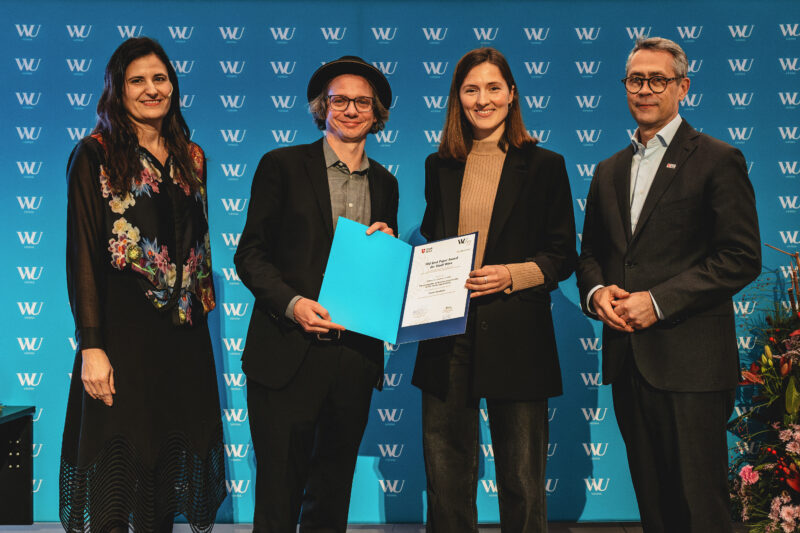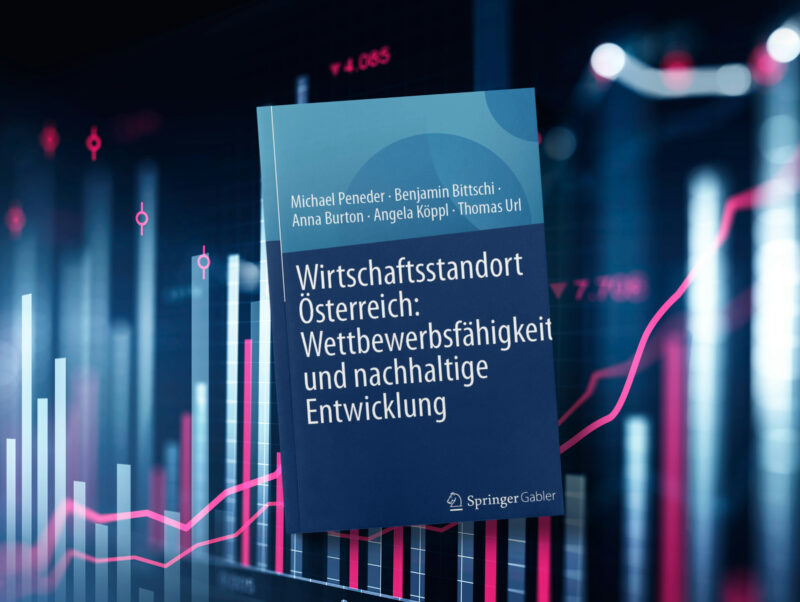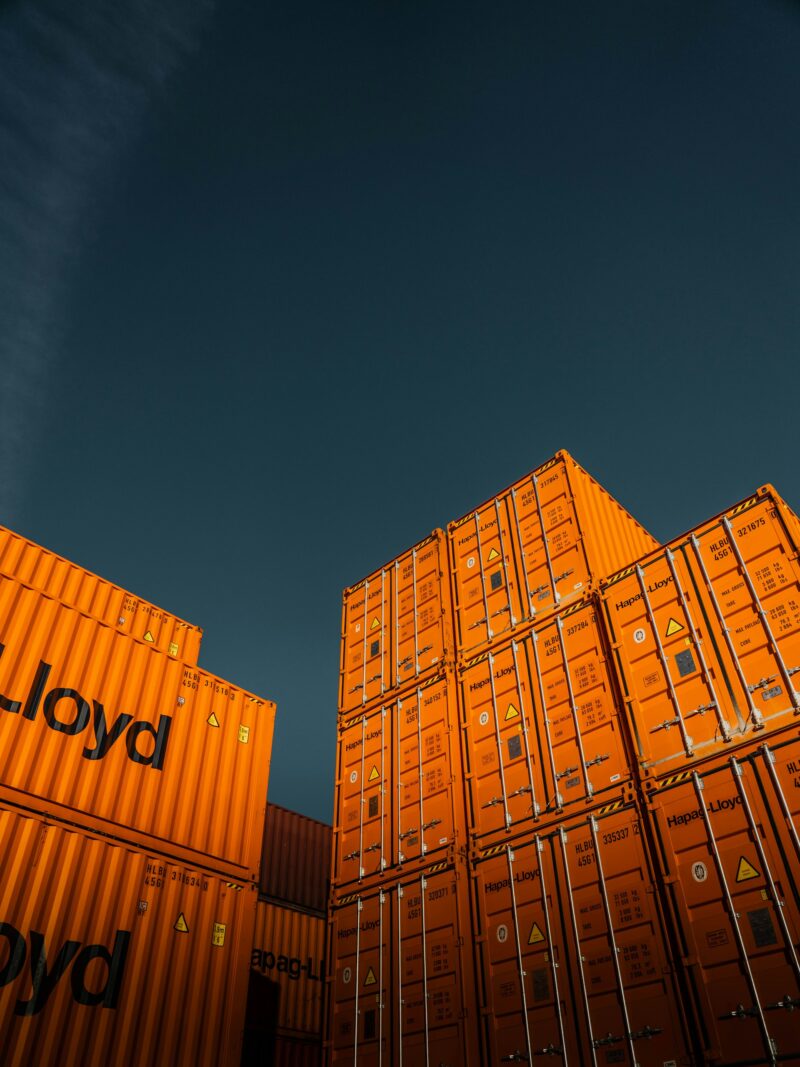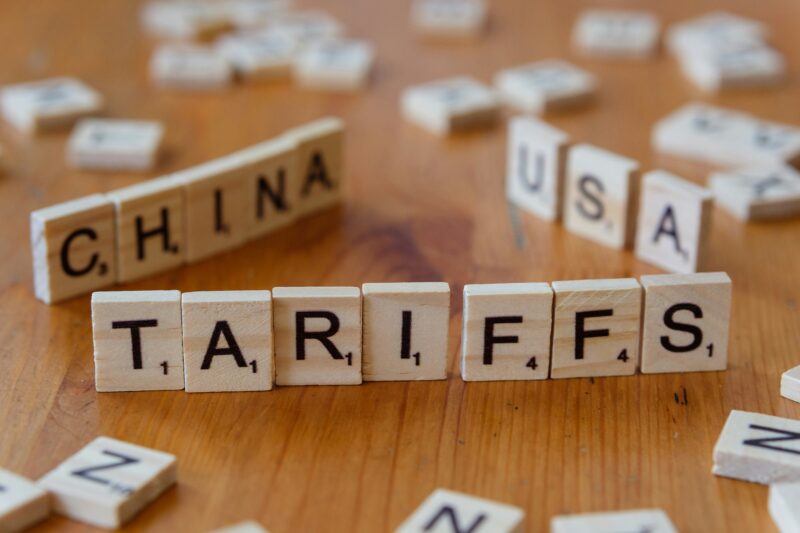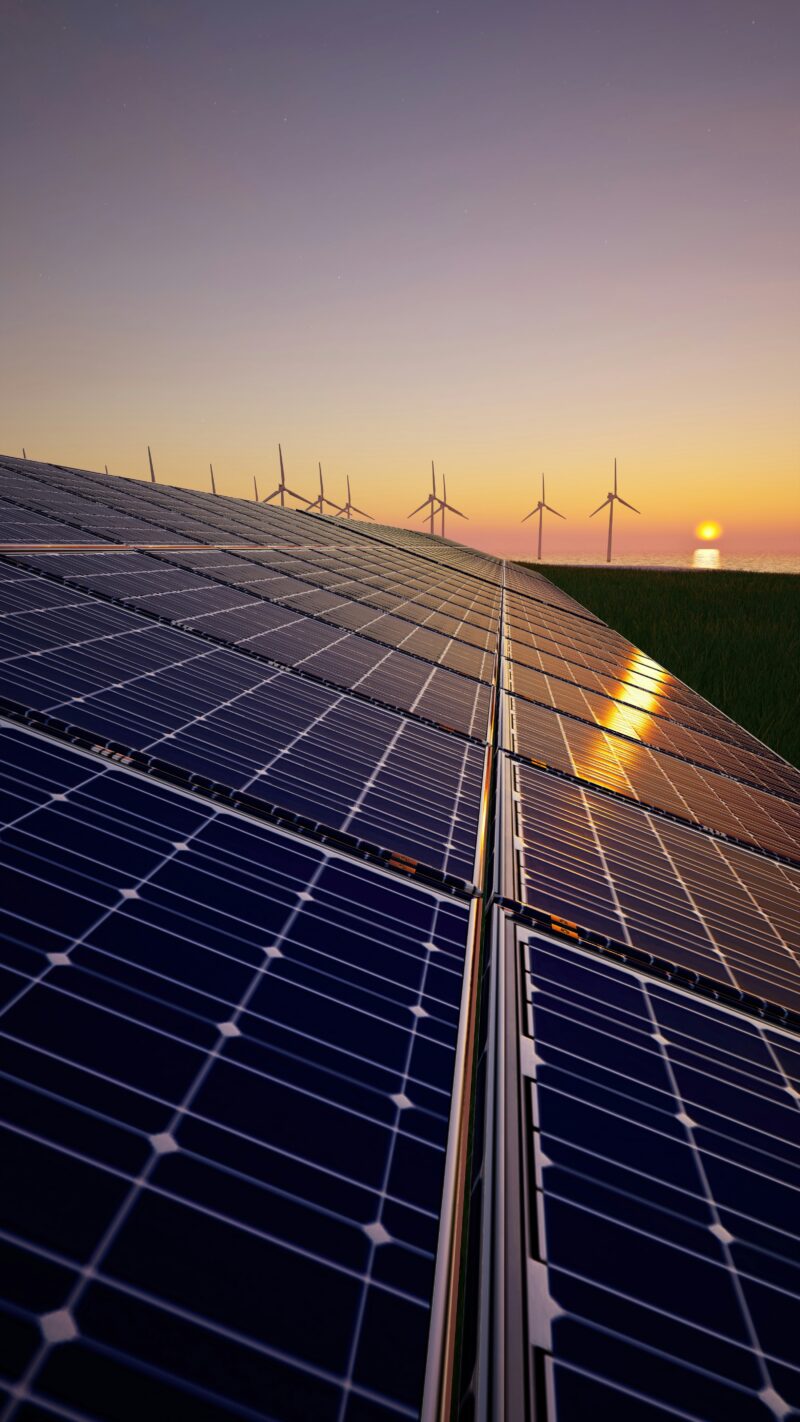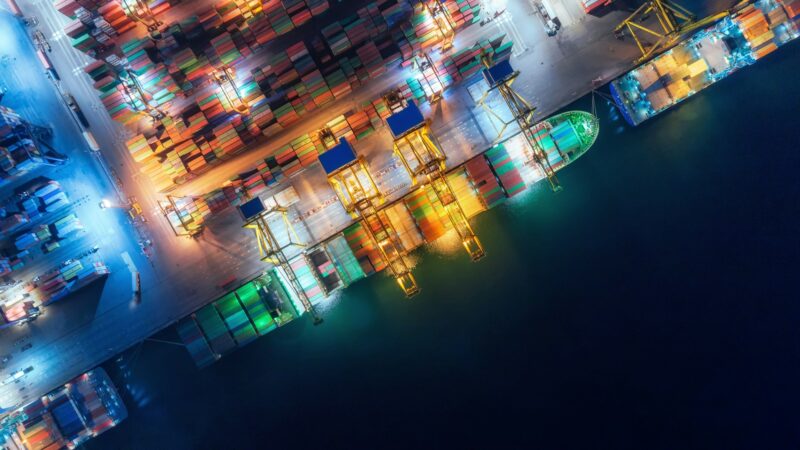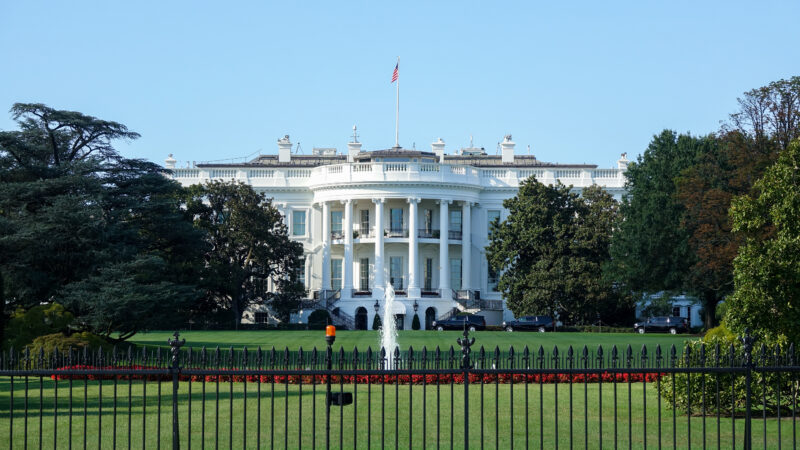
After a Weak Export Year, 2026 Brings a Slight Recovery
In the new update of its annual report on the state of Austria's foreign trade, published on 15 October 2025, the "Research Centre for International Economics" (FIW) comes to the following conclusion: following the significant decline in 2024, Austria's export momentum remained weak in the first half of 2025. The main reasons for this are the continuing slump in investment in key sales markets, the weakness of German industry and the erratic customs policy of the USA. While the global economy was still buoyed by advance US imports before higher tariffs came into force until mid-2025, the now higher global tariff level will increasingly weigh on world trade.
Outlook for 2025-26: subdued performance in 2025, moderate recovery in 2026
"Our analyses show continued headwinds for goods exports in 2025. A slight recovery is not expected until 2026. Slightly lower cost pressure and a recovery in investment demand in Europe, as well as the expected improvement in economic development in Germany, are likely to provide limited impetus in the coming year", says Yvonne Wolfmayr, WIFO economist and co-author of the FIW Annual Report. The export markets relevant to Austria are expected to grow by 2.5 percent in 2025 and 1.0 percent in 2026. Following a real decline in exports of 4.0 percent in 2024, the FIW expects a further decline of 1.1 percent in 2025 and real growth of 0.7 percent in 2026.
According to preliminary foreign trade data, goods exports fell by 3.1 percent in nominal terms year-on-year by June 2025. Among the top 10 trading partners, only deliveries to Italy (+5.1 percent) and Czech Republic (+3.6 percent) increased. Exports to Germany fell by 1.1 percent. Exports to the USA slumped by 14.4 percent, making the largest negative contribution to growth (‑1.2 percentage points). Due to its specialisation in mechanical engineering, Austria was less able to benefit from pull-forward effects in imports from the USA at the beginning of the year. Pharmaceutical products (‑14.8 percent) and machinery exports (‑4.3 percent) were particularly affected by the overall decline in exports.
The WIFO-Konjunkturtest (business cycle survey) signals an upturn in export orders and expectations. From the fourth quarter of 2025 onwards, goods exports could rise again compared with the previous year. Nevertheless, further market share losses are to be expected in 2025 and 2026. Pressure on price competitiveness remains, albeit somewhat reduced, in view of the cost increases in recent years. High tariffs and the appreciation of the euro, as well as ongoing trade policy uncertainty, are dampening momentum.
Despite subdued domestic demand, special factors will drive imports in 2025. There will be stronger demand for cars, gold and medical and pharmaceutical products (+22.5 percent compared to the previous year, mainly from the USA and Switzerland). Adjusted for price changes, total imports of goods are expected to grow by 1.4 percent in 2025 and 1.3 percent in 2026. Terms of trade will improve slightly (thanks in part to falling crude oil prices), but the trade balance will deteriorate significantly due to weak exports and rising imports. According to the forecast, the deficit will amount to 1.9 billion € in 2025 and 2.5 billion € in 2026.
Sectoral effects of US tariff escapades
In the second part, the FIW analyses the sectoral effects of the latest US tariff increases. Despite agreements between the USA and the EU, trade policy of the USA remains unpredictable. The now higher tariff level and the threat of further escalations are weighing on the global economy. In Austria, the pharmaceutical industry, mechanical engineering, motor vehicles and parts (C29), metal production and processing, and other vehicle construction (C30) are particularly exposed to the USA. Model calculations show that a 10 percent decline in US imports would dampen Austrian GDP by around 0.3 percent; in the EU, Ireland would be hardest hit (‑1.6 percent).
"The erratic US tariff policy increases uncertainty and weakens rule-based global trade. Despite the recent EU-US agreement, the risk of new conflicts remains high – with potentially significant consequences for Austria's highly networked industry", says Robert Stehrer, Research Director at the Vienna Institute for International Economic Studies (wiiw) and co-author of the FIW Annual Report.
Significant downside risks arise from geopolitical tensions (especially Russia's war of aggression against Ukraine, developments in the Middle East and tensions surrounding Taiwan), possible energy price shocks and further rounds of tariffs. At the same time, the global demand and competitive landscape is shifting – for example, due to China's stronger presence in high technologies and possible shifts in trade towards Europe. Against this backdrop, the FIW emphasises the need for continuous efforts to strengthen international competitiveness, diversify sales markets and secure global value chains. In conclusion, the FIW Annual Report stresses that, particularly in view of the current difficulties, continuous efforts to further strengthen the international competitiveness of the Austrian export economy are essential.
Please contact


